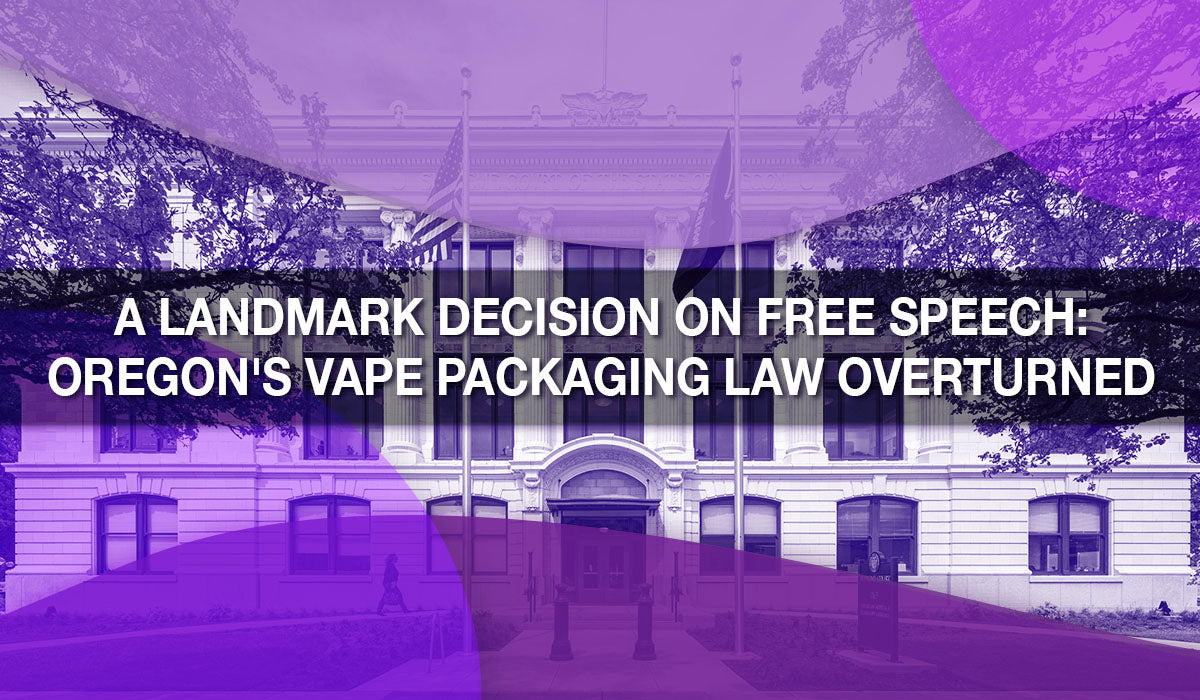
A Landmark Decision on Free Speech: Oregon's Vape Packaging Law Overturned
On October 16, 2024, the Oregon Court of Appeals delivered a ruling that has resonated through both the tobacco industry and the legal community, overturning a state law intended to curb youth vaping by restricting how e-cigarette and cannabis products could be packaged. This decision in Bates v. Oregon Health Authority marks a significant victory for free speech advocates and businesses alike, highlighting the delicate balance between public health and constitutional rights.
The Law in Question
The law in question, ORS. 431A.175(2)(f), prohibited the packaging of an “inhalant delivery system” in a way that could be deemed attractive to minors. The Oregon Health Authority (OHA) had further detailed these restrictions in rule OAR 333-015-0357, which listed specific prohibitions, such as:
- Cartoons
- Celebrities, athletes, mascots, or fictional characters likely to appeal to minors
- Food or beverages appealing to minors (e.g., candy, desserts, soda, sweet-flavored products)
- Descriptive terms for flavors likely to appeal to minors, like “tart,” “sweet,” “juicy,” or “candy”
- Product shapes resembling animals, toys, sports equipment, or candy
The Legal Battle
Paul Bates and his company, Division Vapor, challenged these regulations arguing that they infringed on their First Amendment rights. They contended that the restrictions were not only vague but also overbroad, essentially dictating what businesses could express on their packaging, which they viewed as a form of commercial speech protected under both the U.S. and Oregon Constitutions.
The Court's Ruling
In its decision, the Court of Appeals reversed the Circuit Court’s ruling, stating that the law violated the free speech protections outlined in Article I, Section VIII of the Oregon Constitution. The court argued that selling products involves communicative behavior that can be considered protected speech. While packaging on its own might not be inherently expressive, the law restricted the communicative aspects of packaging, such as the content, design, and presentation, making it a direct restriction on speech.
Crucially, the court highlighted that the law focused on the content of the packaging itself, rather than its effect on minors (e.g., whether minors were actually enticed to buy the products). This focus on expressive content, rather than its impact, led the court to conclude that the law infringed on the plaintiffs' free speech rights.
Implications of the Ruling
This ruling has several implications:
- Free Speech in Commerce: It reaffirms that commercial speech, including product packaging, can be considered a form of expression, not just a marketing tool. This could influence future regulations not just in Oregon but potentially nationwide.
- Public Health vs. Constitutional Rights: While the state's goal was to protect public health, specifically youth, the method was deemed unconstitutional. This case underscores the ongoing debate over how far regulations can go in the name of public good before infringing on rights.
- Industry Impact: For the vape and cannabis industries, this opens up possibilities for more creative or appealing packaging, potentially aiding in brand recognition and consumer engagement. However, it also means these industries must continue navigating the complex landscape of tobacco control and youth protection.
- Legislative Response: Expect legislative bodies to reconsider how they regulate product packaging, possibly shifting towards less restrictive measures or more targeted approaches that don't fall foul of free speech protections.
Looking Ahead
This ruling is part of a broader legal and regulatory landscape for the vapor industry, with ongoing challenges at both the state and federal levels. The industry faces continued scrutiny, not only in Oregon but nationwide, with many states proposing or enforcing their own restrictive measures.
The Oregon Court of Appeals’ decision underscores the importance of balancing regulatory goals with constitutional rights, and it will undoubtedly shape the future of product packaging laws in the vapor and cannabis industries.


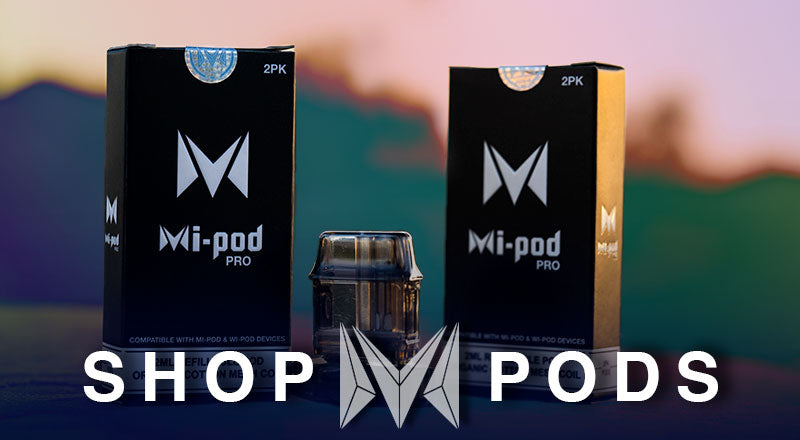
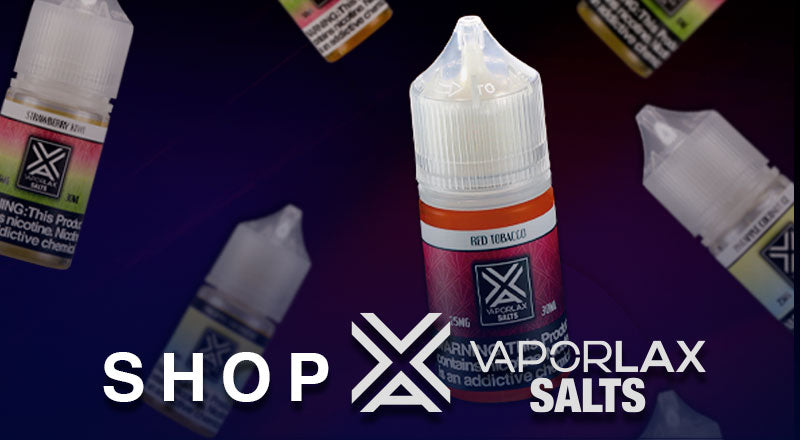
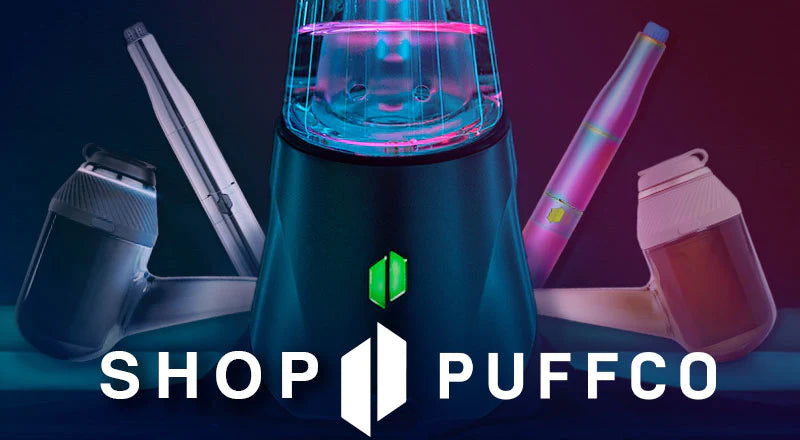
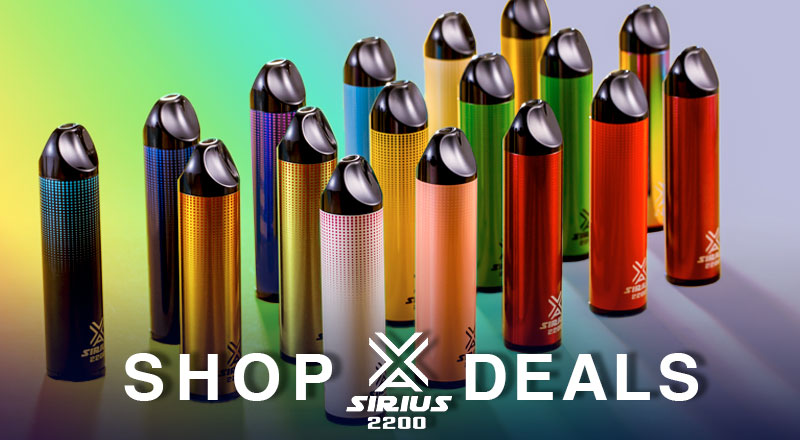
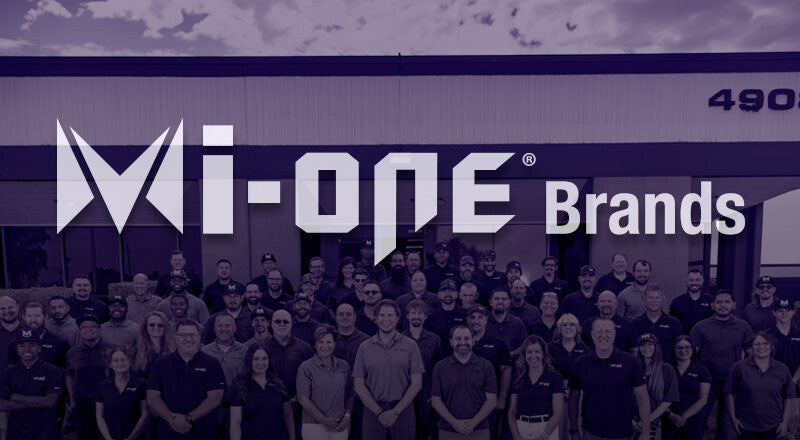

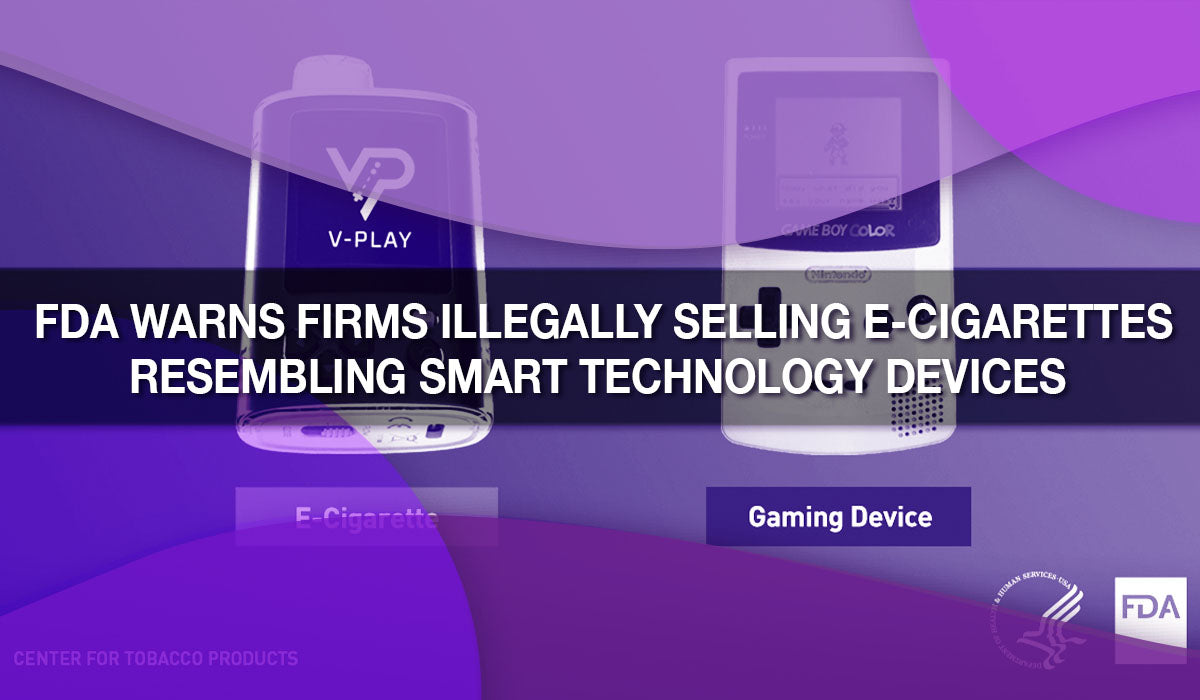
Leave a comment
This site is protected by hCaptcha and the hCaptcha Privacy Policy and Terms of Service apply.